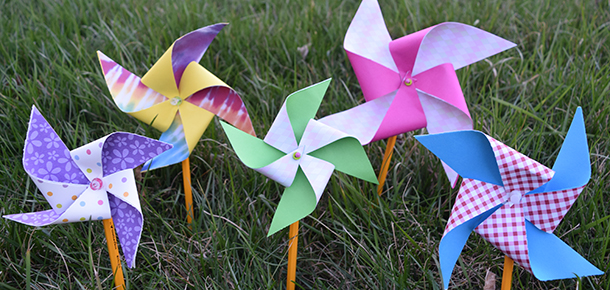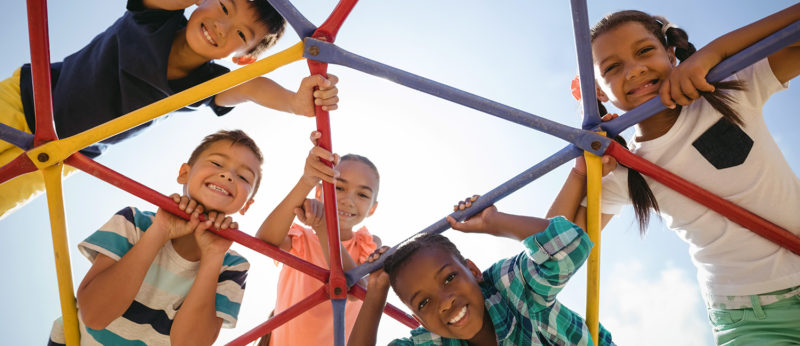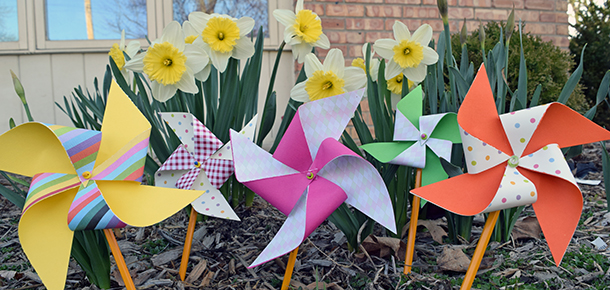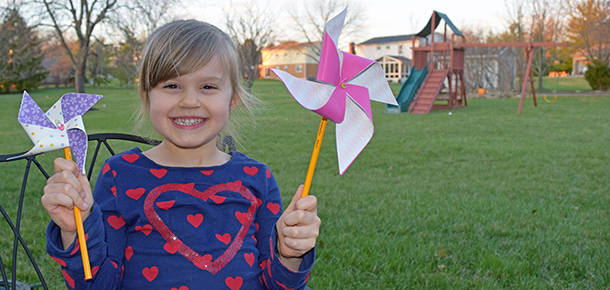When the topic of child abuse and neglect makes headlines, it’s usually for all the wrong reasons. That is until April each year when the national conversation surrounding this topic turns to something more positive – prevention.
April is reserved as National Child Abuse Prevention Awareness month, but the issue is an everyday reality of life for countless children worldwide. Abuse is categorized into four main types – physical abuse, neglect, sexual abuse and emotional maltreatment. And more often than not, these atrocities are encountered in combination with one another according to research by Prevent Child Abuse America.
In 2012, U.S. state and local child protective services (CPS) received an estimated 3.4 million referrals of children being abused or neglected according to a fact sheet from the Center for Disease Control (CDC). In Cincinnati, the Mayerson Center for Safe and Healthy Children treats more than 2,000 children each year for whom abuse or neglect is suspected.
While the causes of child abuse and neglect are complex and vary from situation to situation, a two-step process of detection and action can help save lives and prevent further abuse.
Everyone can identify the signs of physical abuse:
- Know the difference between punishment (an inflicted penalty) and discipline (teaching an acceptable behavior). Problems arise when these forms of behavior adjustment are meant to instill fear, rather than to educate a child.
- Look for physical injuries like bruising, broken skin, and swelling especially when they require medical attention.
- Be on alert when you feel punishment or discipline is inappropriate for a child’s age and when it results in unreasonable demands or expectations being placed upon a child.
If you suspect abuse or neglect, get involved:
- File a report as soon as possible by calling Job and Family Services (JFS). Save the number in your phone:
- Hamilton County, Ohio: 513-241-KIDS (5437)
- Any county in Ohio: 855-OH CHILD (642-4453)
- Any county in Kentucky: 1-877-KYSAFE1 (597-2331)
- Any county in Indiana: 1-800-800-5556
- National hotline: 1-800-4-A-CHILD (1-800-422-4453)
- Have as much of the following information ready when you’re filing a report (not all is required):
- Child’s name, age and address
- Parent/caretaker’s name and address (if different from the child)
- Reasons why you suspect abuse or neglect
- Know that you can make reports anonymously. If you do choose to provide your name and contact information, it can help investigators follow up on the case and will be kept confidential.
For more information about how to detect if a child has been abused or what to do if you witness it in a public space, please explore these FAQ pages for patients and families.
No matter whether you’ve witnessed instances of abuse and neglect or not, raising awareness is another actionable step everyone can take to help. We at the Mayerson Center are doing so by participating in the statewide “Pinwheels for Prevention” campaign. The pinwheel is considered the symbol of child abuse prevention and healthy and happy childhoods. Find more ways to get involved with this campaign here.
Additional Online Resources:
Childhelp
National Child Abuse Hotline
Prevention and Treatment of Child Abuse
Information on national reporting
https://www.childhelp.org/hotline/
Child Welfare Information Gateway
Children’s Bureau
Information on national reporting and hotlines
https://www.childwelfare.gov/topics/responding/reporting/
Hamilton County Job and Family Services
Local services and reporting
https://www.hcjfs.org/





[…] Teaching Award. Dr. Peter participated in a fellowship in pediatrics and adolescent medicine at Cincinnati Children’s Hospital Medical Center. He pursued additional education and training at the Royal College […]